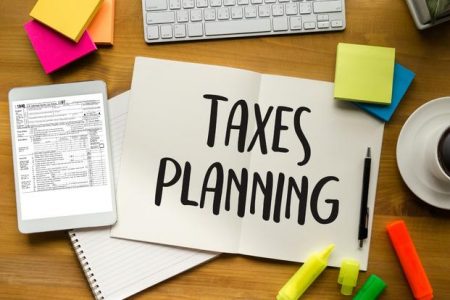As a manager or supervisor, you want to do the job that you were hired to do: manage and supervise your team. To be able to accomplish this task you need an efficient team – not just an individual who is extremely competent but also a team of people who work well together as part of a group. Improving the efficiency of your group begins with standardizing processes, delegating tasks appropriately, and identifying areas where each member can improve their skill set to assist the team as a whole. But how should you go about doing those things? Here is a how-to guide.
Use Productivity Monitoring Software
Table of Contents
To improve your team’s efficiency, each member of the team needs to be aware of how they are performing in relation to their coworkers. While most employees have a general idea of where they stand, using software surrounding employee productivity for monitoring individual productivity can give them more insight into how they’re doing and provide company leaders with information they need to make changes within the team.
Productivity monitoring software makes this easy by gathering data on when an employee logs in or out, when their computer is active during work hours, what programs are being used at specific times, and when employees take breaks throughout the day. This information is automatically compiled in an organized report that managers can use to identify which employees are working hardest during prime business hours, which ones log in early or stay later in order to get their work done, and which members of the team take long lunch breaks. It also helps managers identify employees who are working well during off-hours, perhaps dedicating those extra hours to completing important projects or staying up-to-date on company policies and procedures. The software can identify and flag unexplained changes in productivity as well as absences due to illness or vacation time. This information enables management teams to make smarter decisions about hiring new employees, firing underperforming ones, and adjusting incentives for the entire group.
Standardize Processes
No team can operate efficiently unless it is recognized that all members are following the same steps to get their work done. Creating standard procedures helps employees understand their role within the group and allows them to develop a routine that makes processes easier, faster, and more efficient. Once you have identified tasks that need to be completed, set standards for how they should be carried out in order to get the best possible results. Standardizing individual roles also ensures each member of your team has an opportunity to contribute what he or she does best every single day.
Delegate Tasks Appropriately
Only assigning tasks that are menial or repetitive reduces the efficiency of your entire team because it fails to utilize everyone’s talents. Dividing up duties based on individual strengths and weaknesses allows members of the team to excel in their areas of expertise.
For example, if you have one member of your team who is excellent at following up with clients on specific projects but struggles with creating marketing materials, assign those tasks that would benefit from client follow-up to them. After they complete these tasks for a set number of days or weeks, allow them the chance to work on creating promotional materials for a similar length of time. This system not only builds trust among employees because they feel as though they are getting the opportunity to prove themselves by taking on new challenges; it also maximizes productivity and efficiency by making sure each member’s talents are fully utilized every day while still working company goals and objectives.
Create a Reward System
Frequent breaks, fun team-building activities and clear, attainable company goals are all great ways to keep employees engaged in the work they’re doing together. With that being said, giving out rewards is an effective way to show your employees that you notice when they go above and beyond on a project or complete a task more quickly than others who have done it before them. Rewarding individual performance can also help motivate underachieving coworkers by making them realize how much better everyone performs when each person makes a conscious effort to do their part for the group.
Designate a specific number of days per month or week for rewarding different levels of productivity and use this time to acknowledge individual accomplishments while also encouraging the rest of the team to follow suit.
Minimize Distractions
While it’s important for your employees to take breaks every once in a while, allowing them too much time away from their desks can really slow them down and cause them to miss out on important deadlines or opportunities. If you have workers who are constantly on social media sites like Facebook and Twitter during business hours, establish guidelines for how long they can check those accounts and when doing so becomes unacceptable. By enforcing rules about tasks related to work that cannot be completed outside of the office, you allow employees some freedom without compromising efficiency by keeping distractions under control.


As the leader of a group, you have the power to influence collective efficiency in a positive or negative way. By creating standard operating procedures for how tasks are performed, delegating responsibilities based on individual strengths, and implementing an effective reward system, you not only improve your own organization’s efficiency but also create a positive environment where employees feel encouraged to move forward together.




